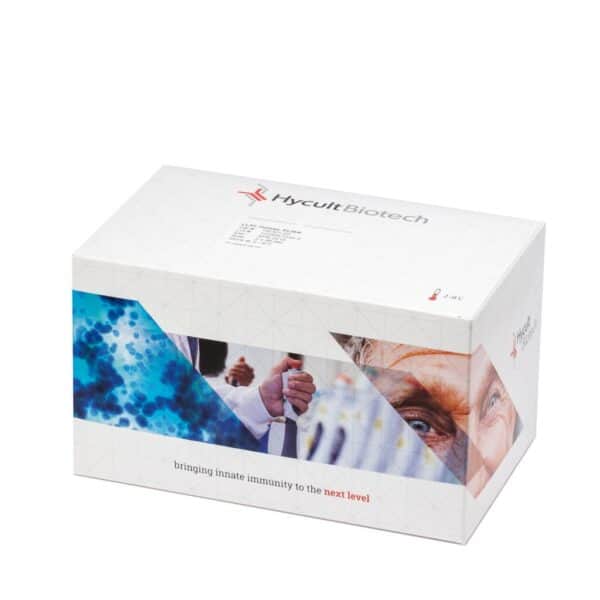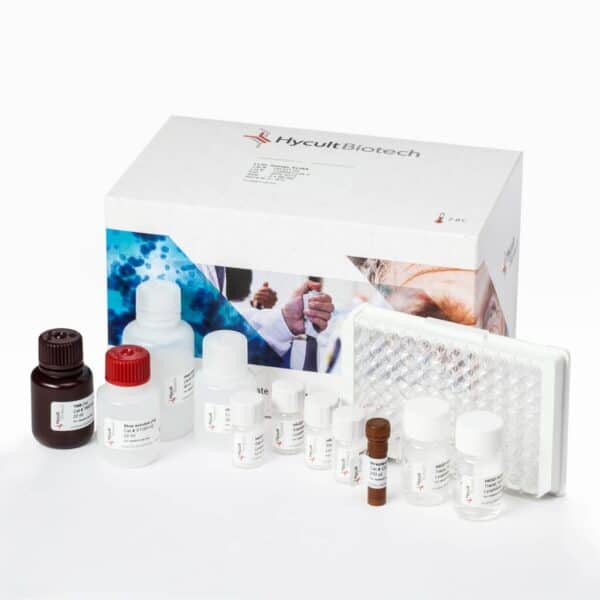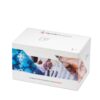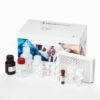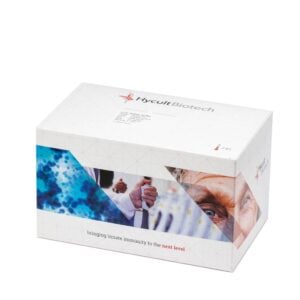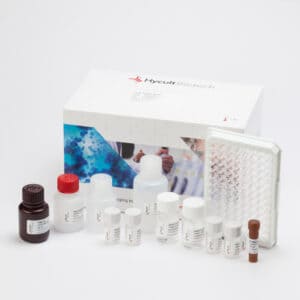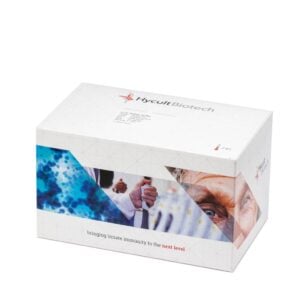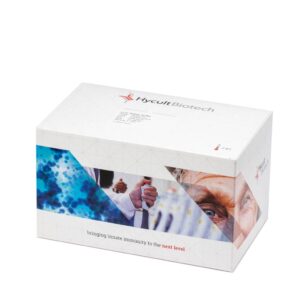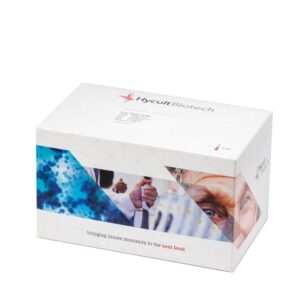MBL, Human, ELISA kit
Mannose Binding Lectin (MBL), a crucial C-type lectin in innate immunity, stands out in the collectin protein family with its unique collagen-like and carbohydrate recognition domains.
Read more€756.00 – €1,223.00
Mannose Binding Lectin (MBL), an integral component of innate immunity, belongs to the collectin protein family. It uniquely combines a collagen-like domain with a carbohydrate recognition domain (CRD). This structure enables MBL to recognize specific carbohydrates, such as mannose and N-acetylglucosamine, present on pathogens. MBL forms oligomers, each comprising three identical 32 kDa polypeptides, functioning as a pattern recognition receptor. Upon encountering infectious agents, MBL activates the lectin-complement pathway, independent of the classical and alternative pathways.
In this pathway, the MBL-MASP complex crucially cleaves C4, C2, and C3. Unlike the classical and alternative pathways, it operates without the need for antibodies and C1q. Primarily synthesized in the liver, MBL is also present in the serum of various vertebrate species. In human plasma, MBL levels range significantly, from 10 to 5,000 ng/ml. Notably, up to 12% of healthy Caucasians exhibit MBL concentrations below 100 ng/ml, often associated with inherited opsonization defects.
MBL levels rise in response to infectious diseases, making its measurement essential in various medical scenarios. These include recurrent infections in children, immunodeficiencies, cardiovascular diseases, cystic fibrosis, and autoimmune conditions. The human MBL assay, designed for precision, remains unaffected by antibodies against mannan. Utilizing a specialized binding buffer, it inhibits classical pathway interference while preserving MBL’s functionality. This approach underscores MBL’s critical role in immune system diagnostics and research.
You may also like…
-
View product €894.00 – €1,443.00
-
MASP-1/C1-INH complex, Human, ELISA kit
Cross reactivityDog – No, Horse – No, Mouse – No, Pig – No, Rat – NoView product €894.00 – €1,443.00 -
TCC ELISA, human, kit
Cross reactivityCynomolgus monkey – Yes, Horse – No, Mouse – No, Pig – Yes, Rabbit – Yes, Rat – NoView product €756.00 – €1,223.00
You may be interested in…
-
View product €688.00 – €1,127.00
-
View product €756.00 – €1,223.00
